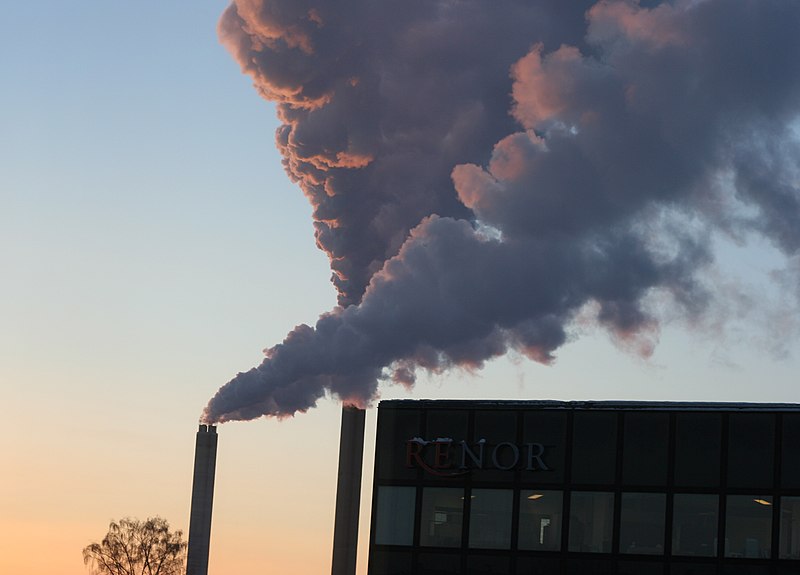The carbon tipping point
The American election and its subsequent results have seen extensive coverage in the media. With all the attention towards what can only be described as the most well-covered circus the world has ever seen, some serious events that have taken place in the last few months have gone unnoticed and underreported. One such circumstance took place in October, receiving little to no mainstream attention. This event was what many scientists have called the “carbon tipping point”–a milestone that no one in the environmental field had wanted to celebrate.
Scientists have been monitoring the carbon dioxide levels in the atmosphere for decades, and the final consensus was that if the carbon levels exceeded 400 parts per million (ppm), then this would officially mark the tipping point –the atmospheric place of no return for Earth’s climate. The autumn of 2016 marked the first time in recorded history that carbon levels exceeded 400ppm instead of dropping below this number. Scientific American reported that, “the concentration of carbon dioxide (CO2) in the atmosphere has stayed above the 400 ppm throughout the entire year up to this point. That all ensures that 2016 will be the year that carbon dioxide officially passed the symbolic 400 ppm mark, never to return below it in our lifetimes.”
While these numbers seem high, there is no context to just how damaging they can be. The last time CO2 levels were this exponentially high, human beings weren’t even fully developed, which was well over 10,000 years ago. According to climate experts, the current 400ppm concentration is already 50ppm over the level of CO2 that is considered safe, and it’ s only getting worse with the continued use of fossil fuels.
Ralph Keeling of the Scripps Institute for Oceanography said that it is nearly impossible that any month will ever see a drop below 400ppm, and that “brief excursions toward lower values are still possible, but it already seems safe to conclude that we won’t be seeing a monthly value below 400 ppm this year –or ever again for the indefinite future.”
“At best (in that scenario), one might expect a balance in the near term and so CO2 levels probably wouldn’ t change much — but would start to fall off in a decade or so. In my opinion, we won’t ever see a month below 400 ppm.”
Scientists have also said that even if world governments can limit emissions starting at this moment, the CO2 concentration is too high to avoid the severe consequences for island states, like rising sea levels resulting in many East Asian islands to being swallowed up by the ocean. This would displace millions of people and cause billions of dollars in damages to homes and entire countries. It would also result in extreme heat waves, more fires, a loss of crops, severe storms, droughts and the extinction of many coral reefs.
The American elections have been an enormous distraction to this possibly world-changing milestone and have taken away from the importance of climate restoration. The new administration has done little to alleviate the fears of climate experts with a president who has a less than stellar record with the understanding climate. This is especially apparent with recent statements from the government claiming that they will put an immediate end to what is known as the “war on coal.”
Even with a greater understanding of our climate and the dangers being wrought upon the planet –partially through the burning of fossil fuels, there has been no improvement in our CO2 levels. There needs to be a greater push towards the new and exciting world of renewable energy. With the cost of clean energy dropping a staggering 40-75 per cent in the last six years, we can only hope that the much-needed shift begins soon. If not, all of the natural issues we’ ll face regardless of whether anything is done, will only be amplified in the next few decades.
Image courtesy of Tappinen/Wikimedia Commons.
